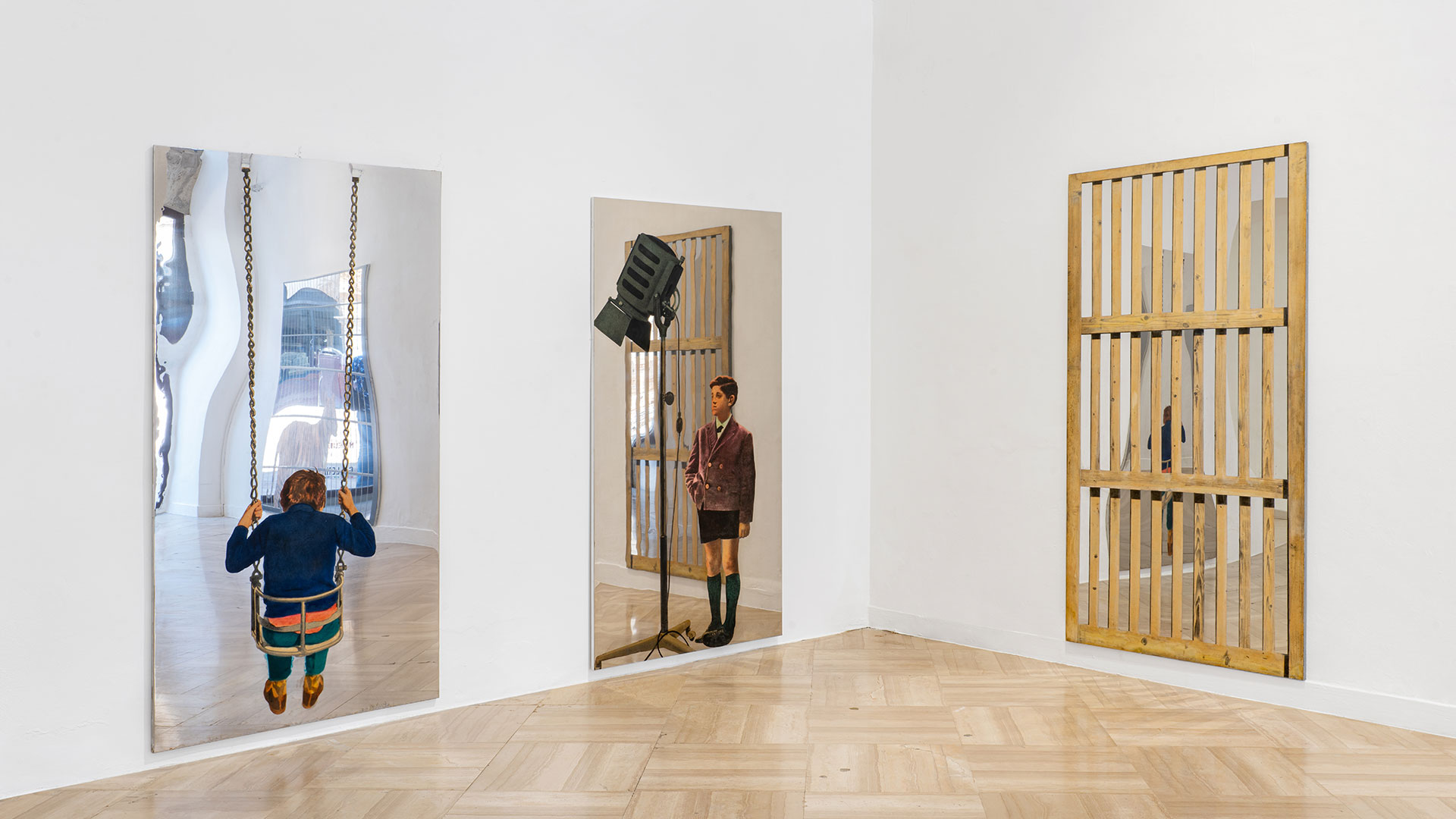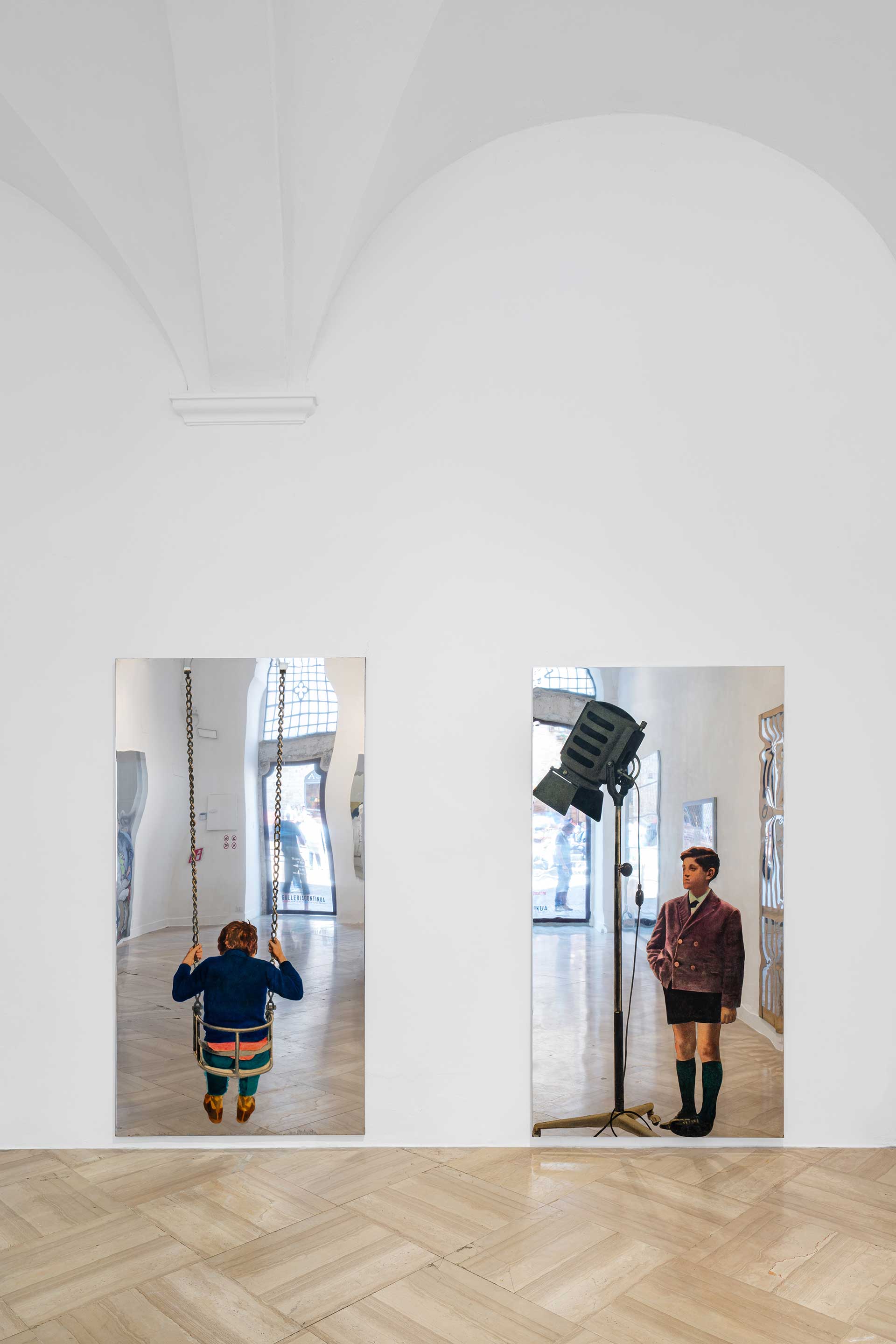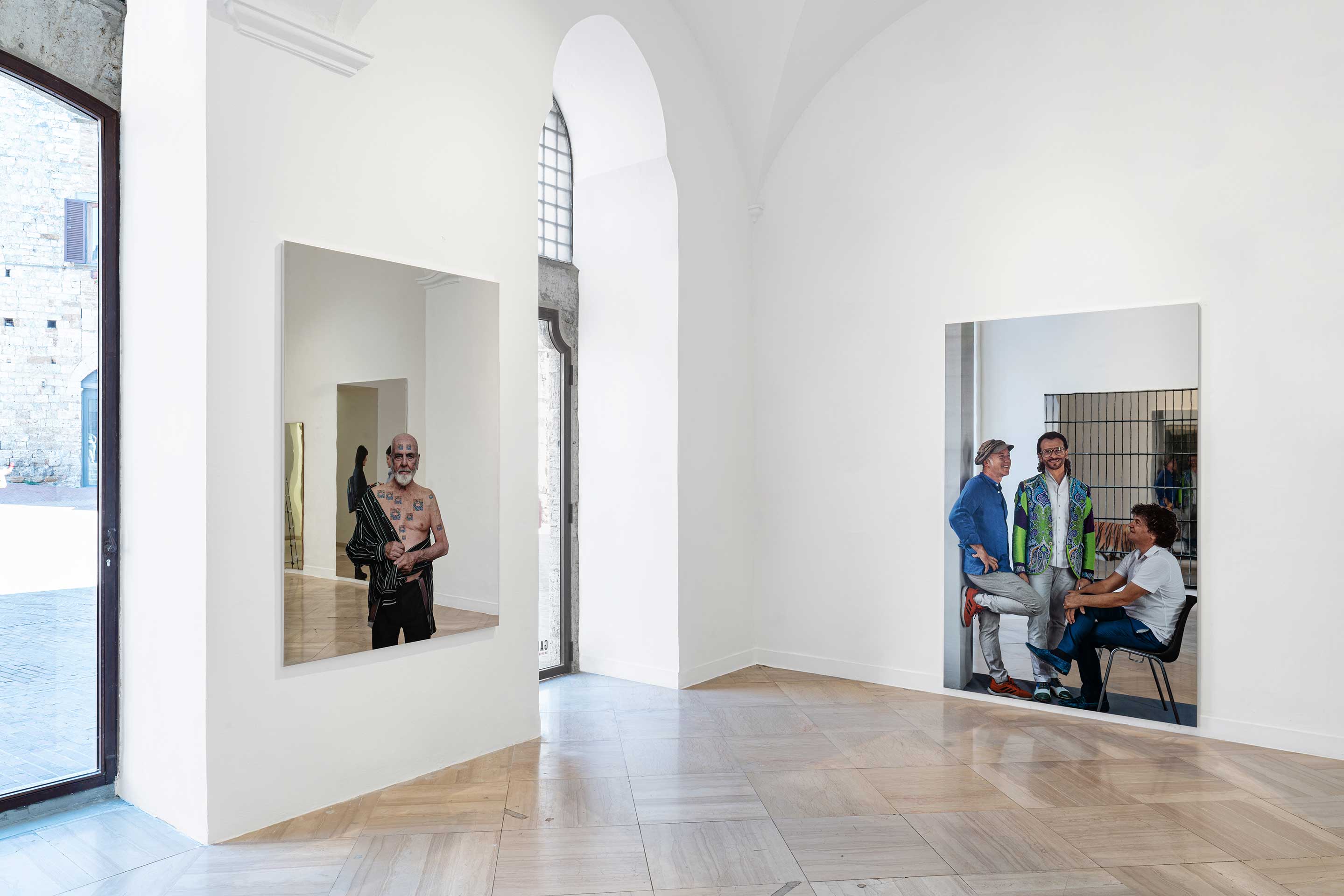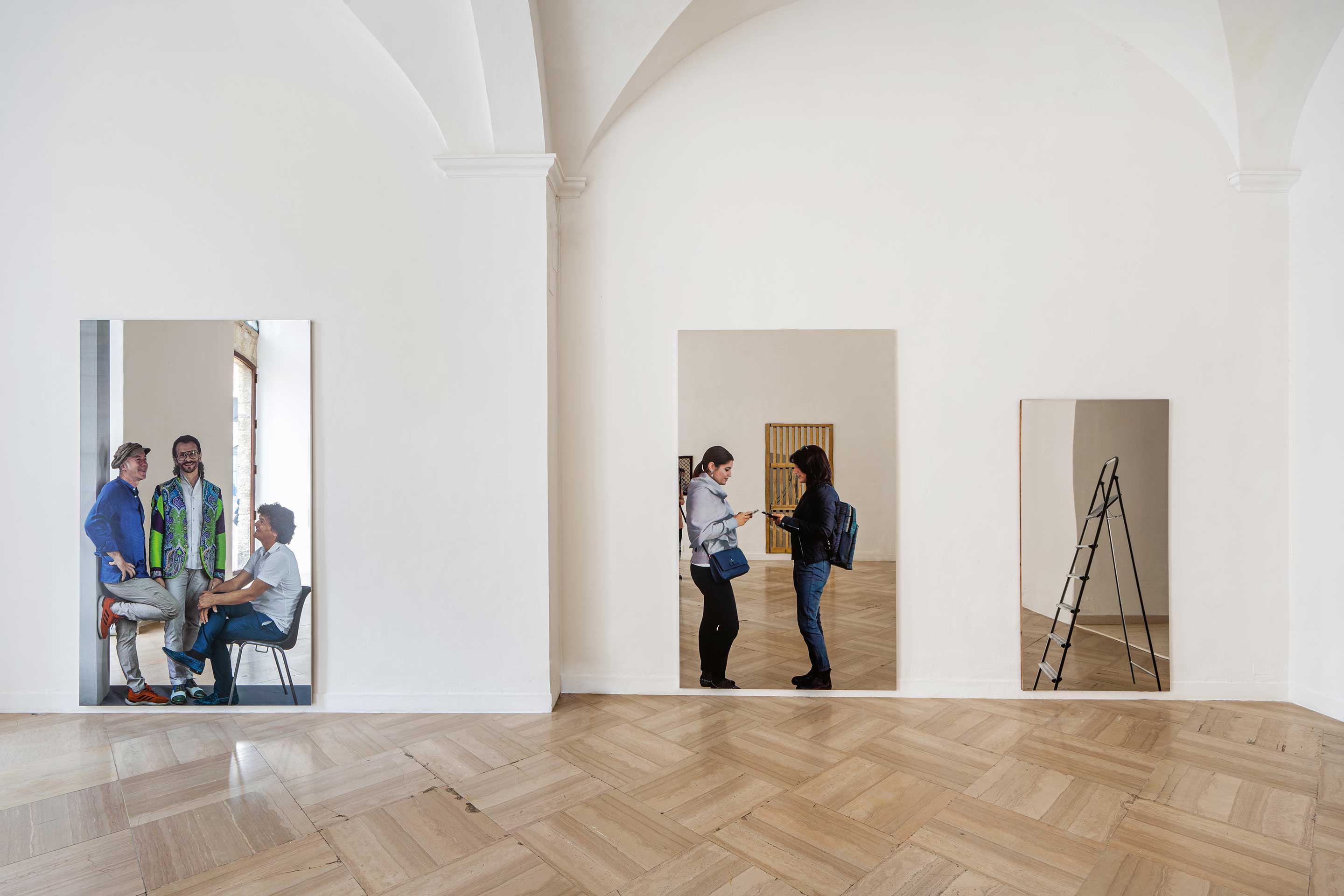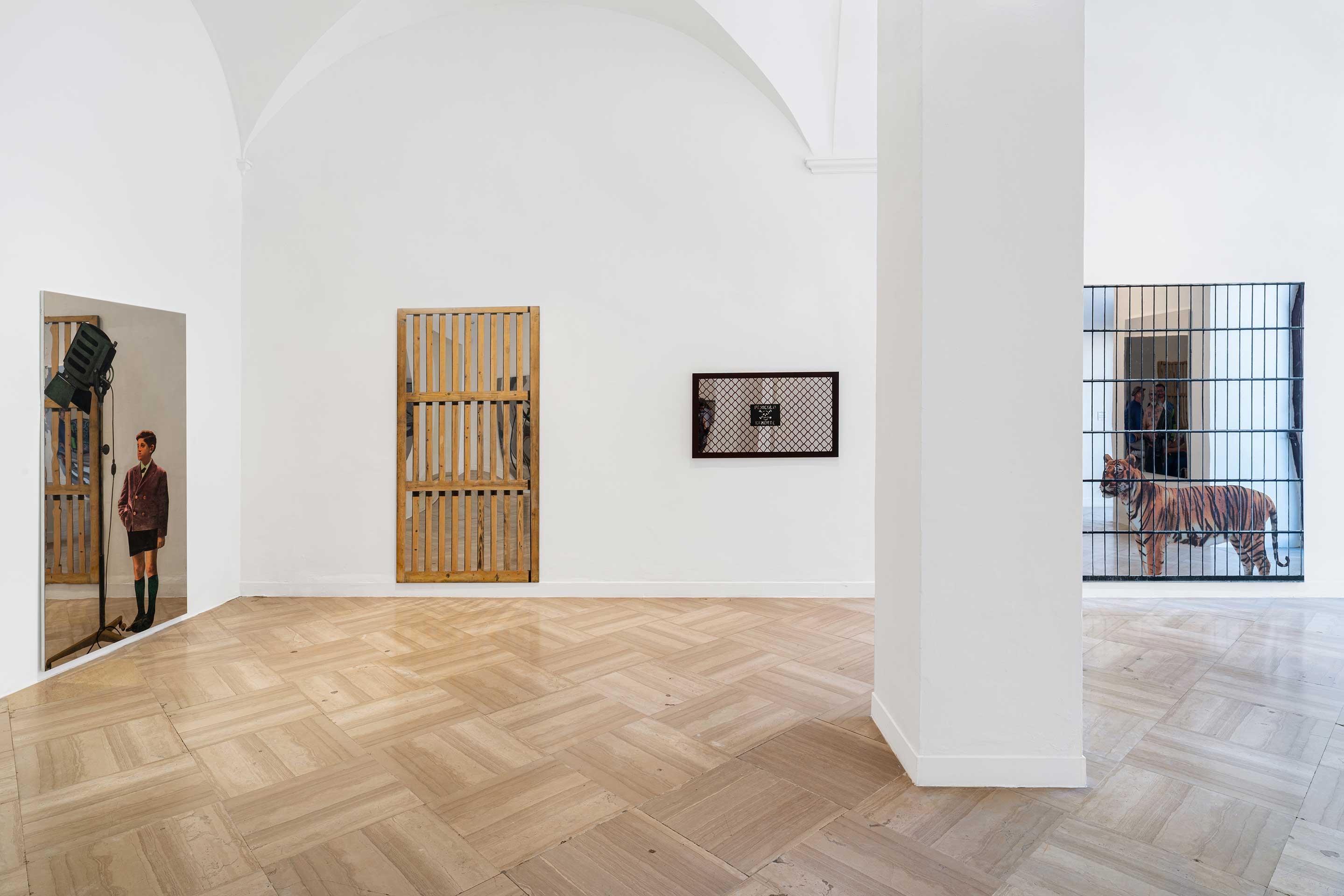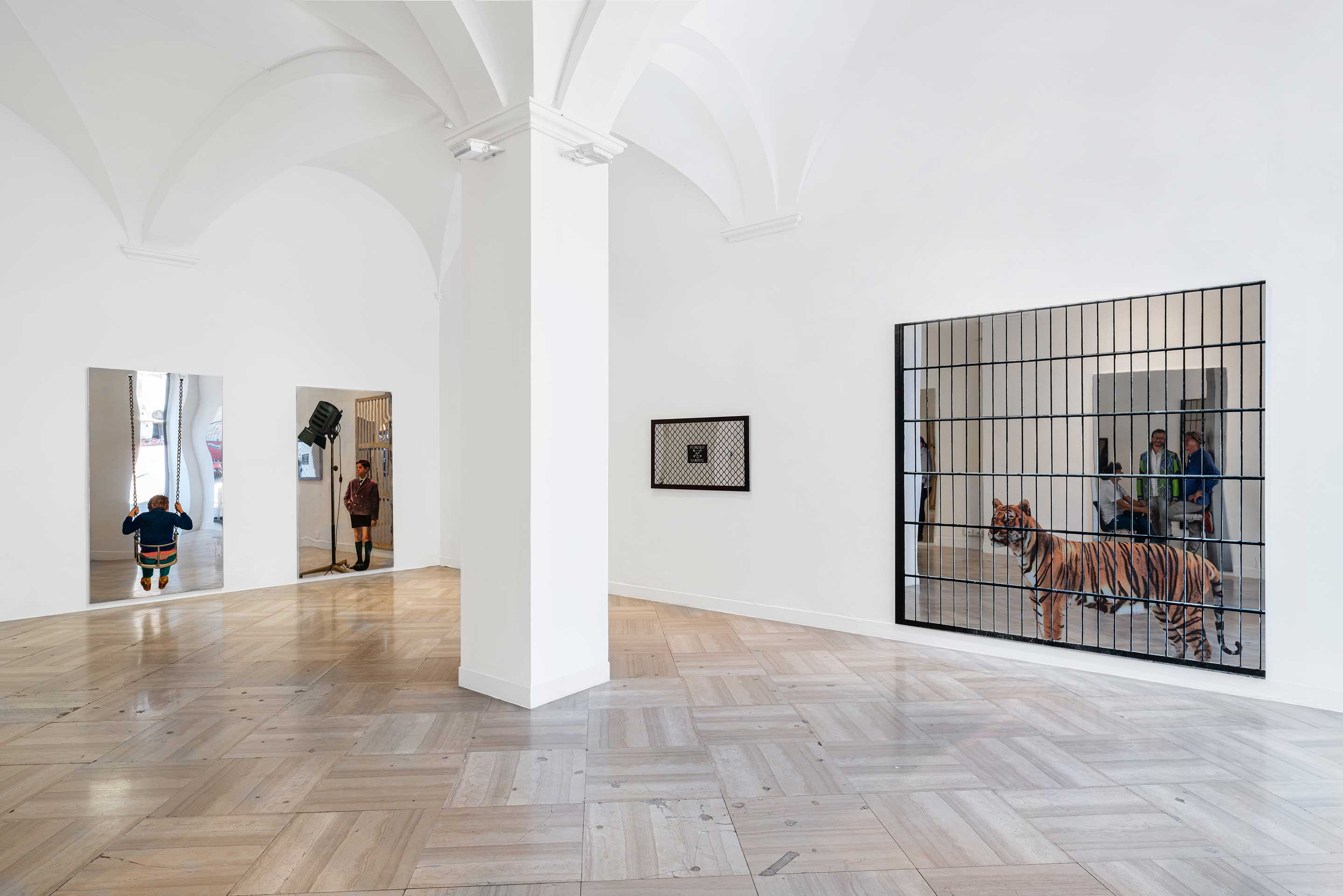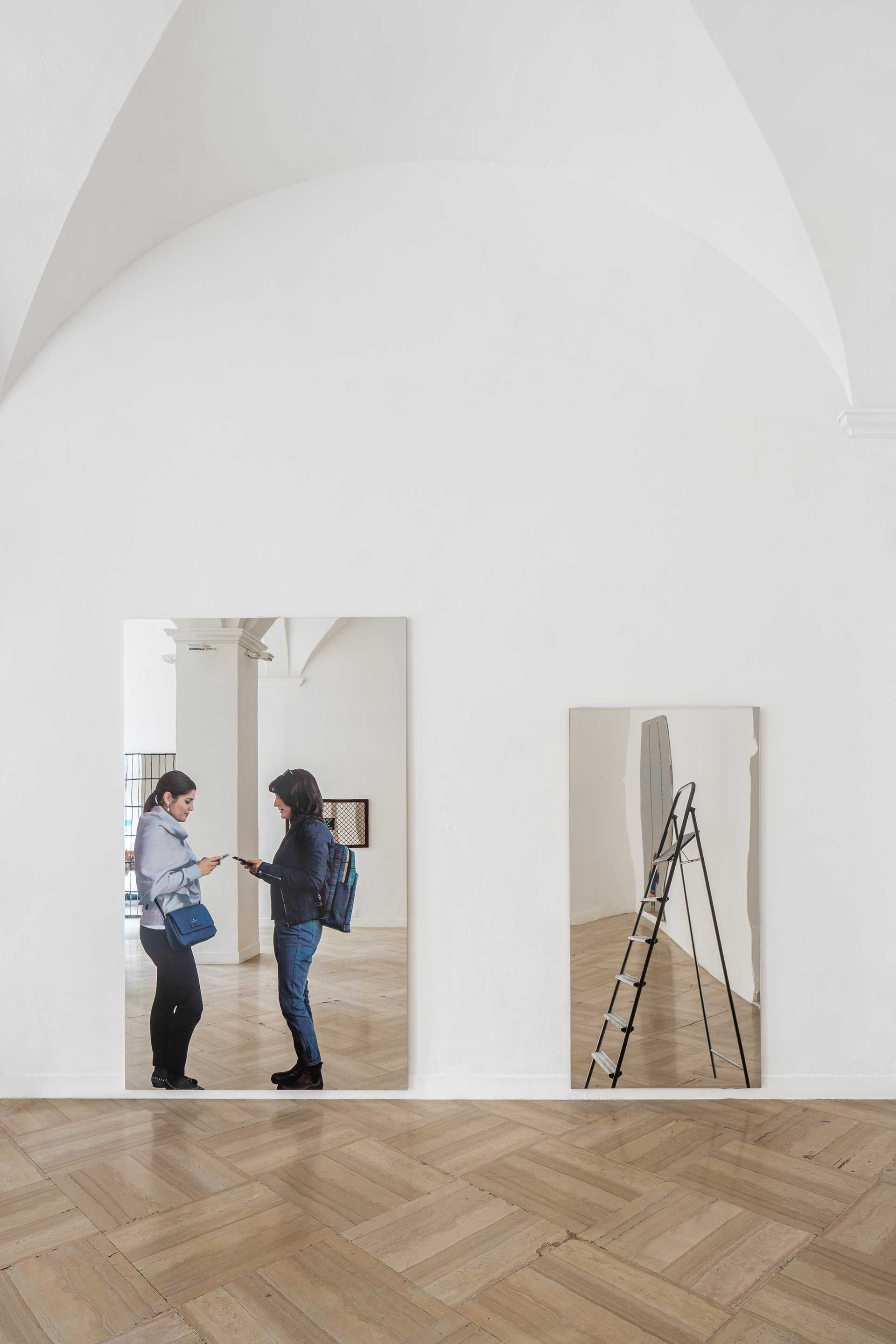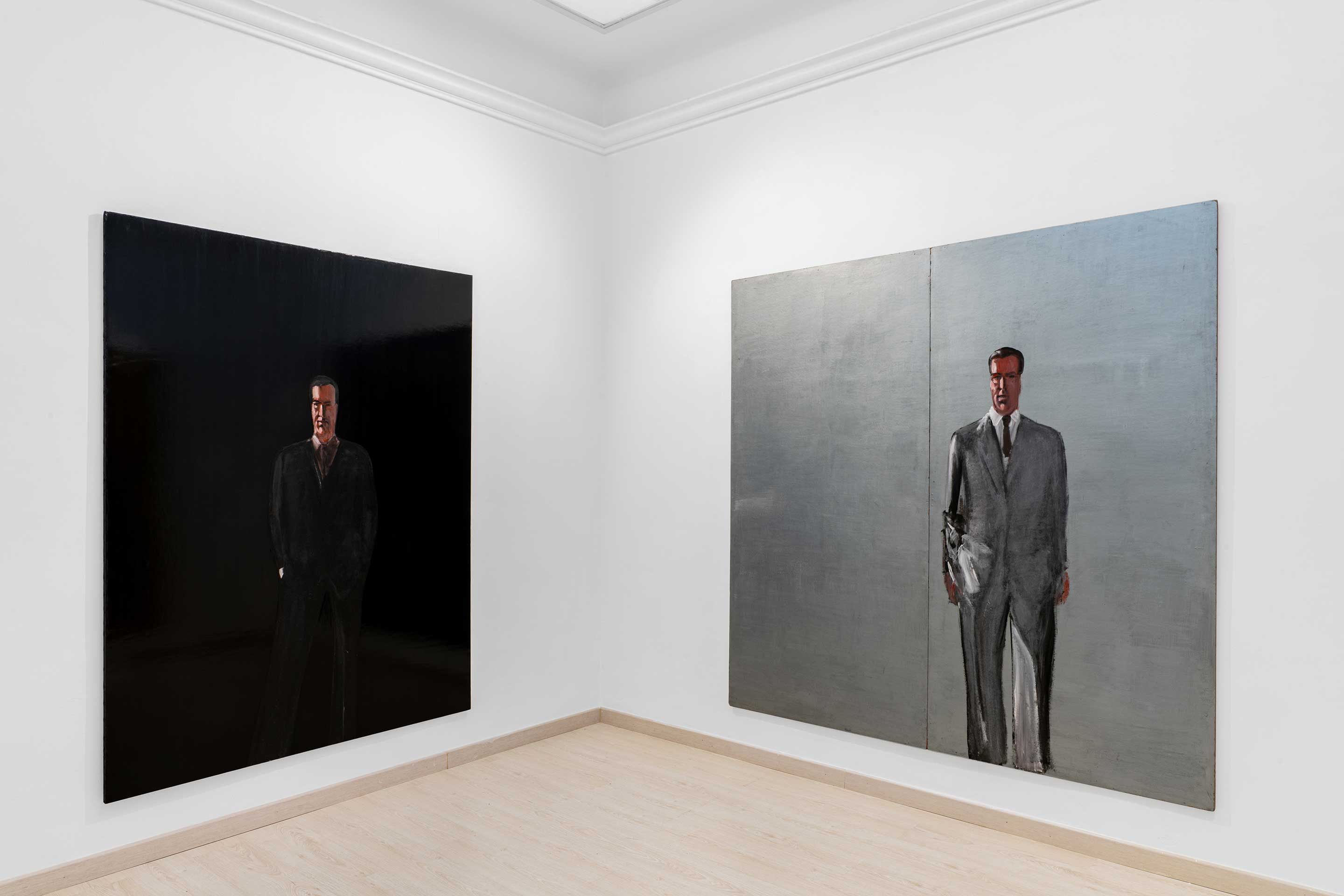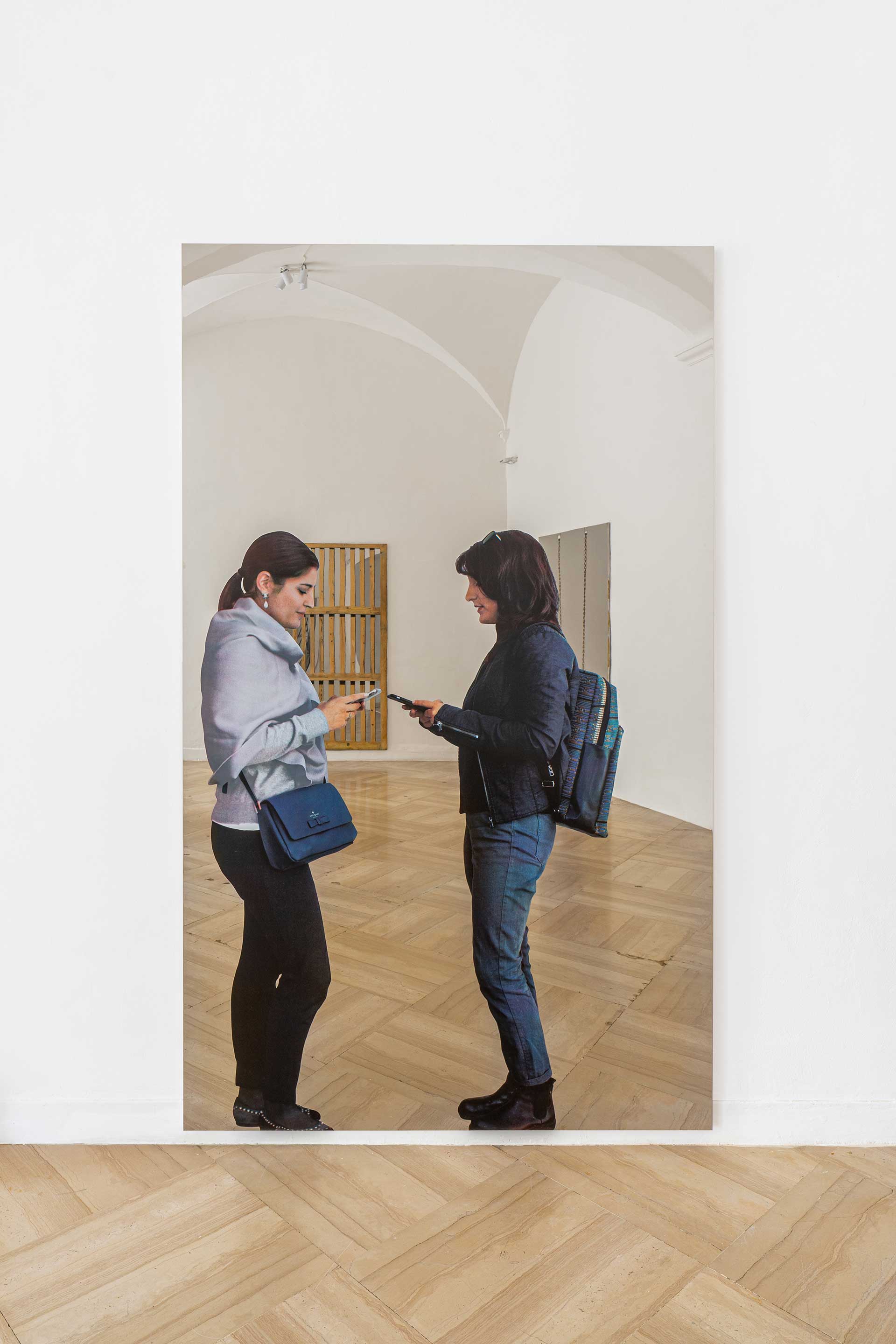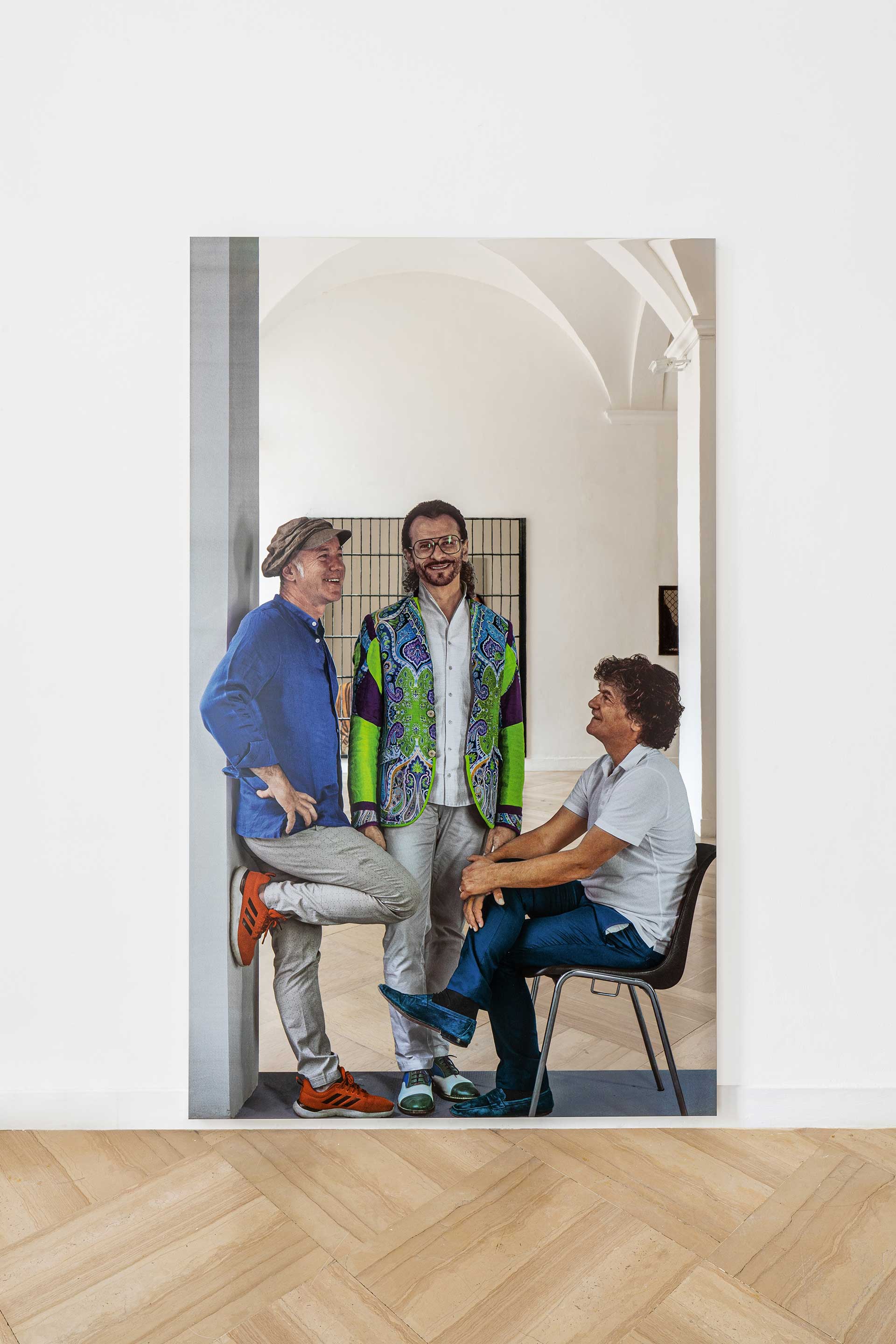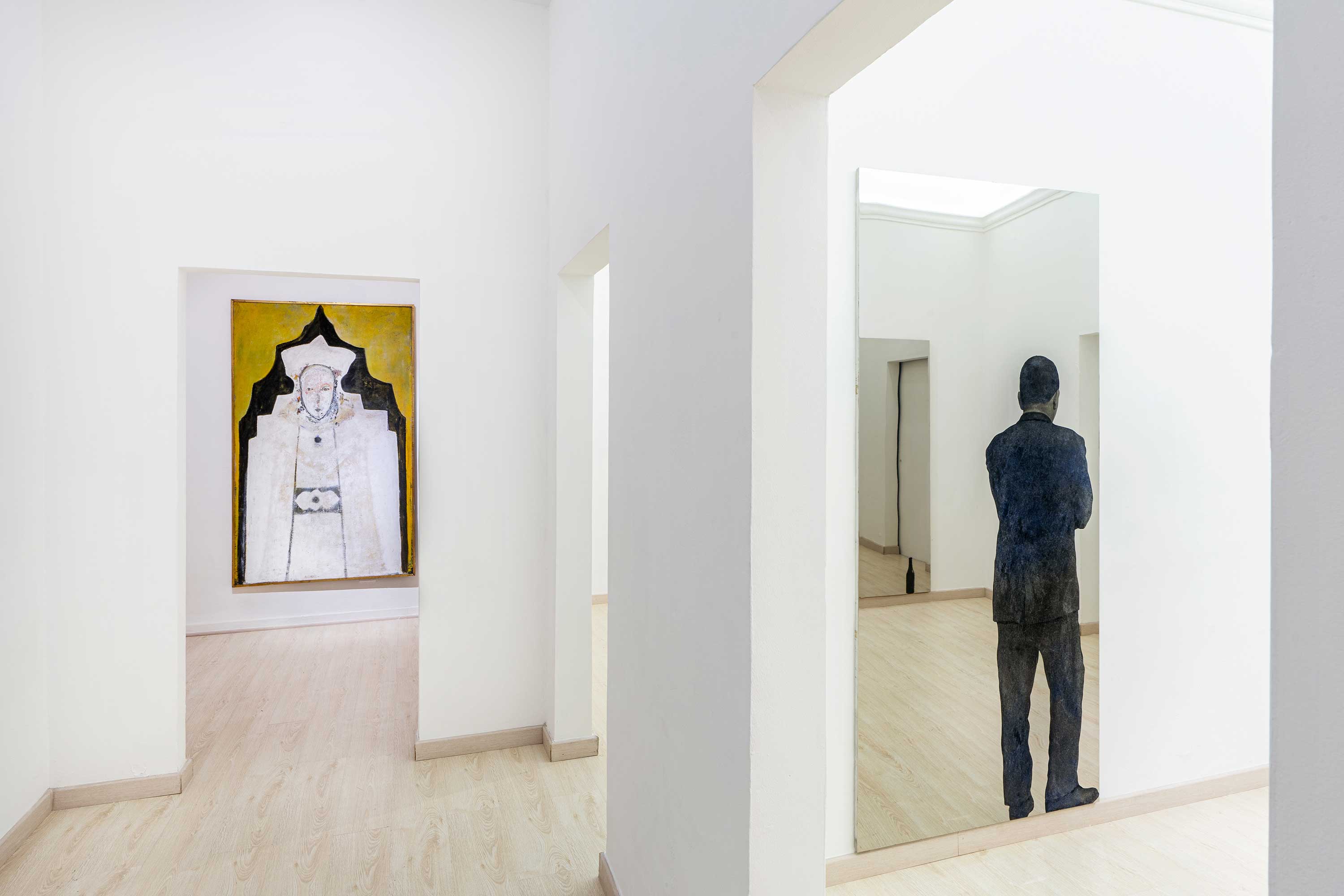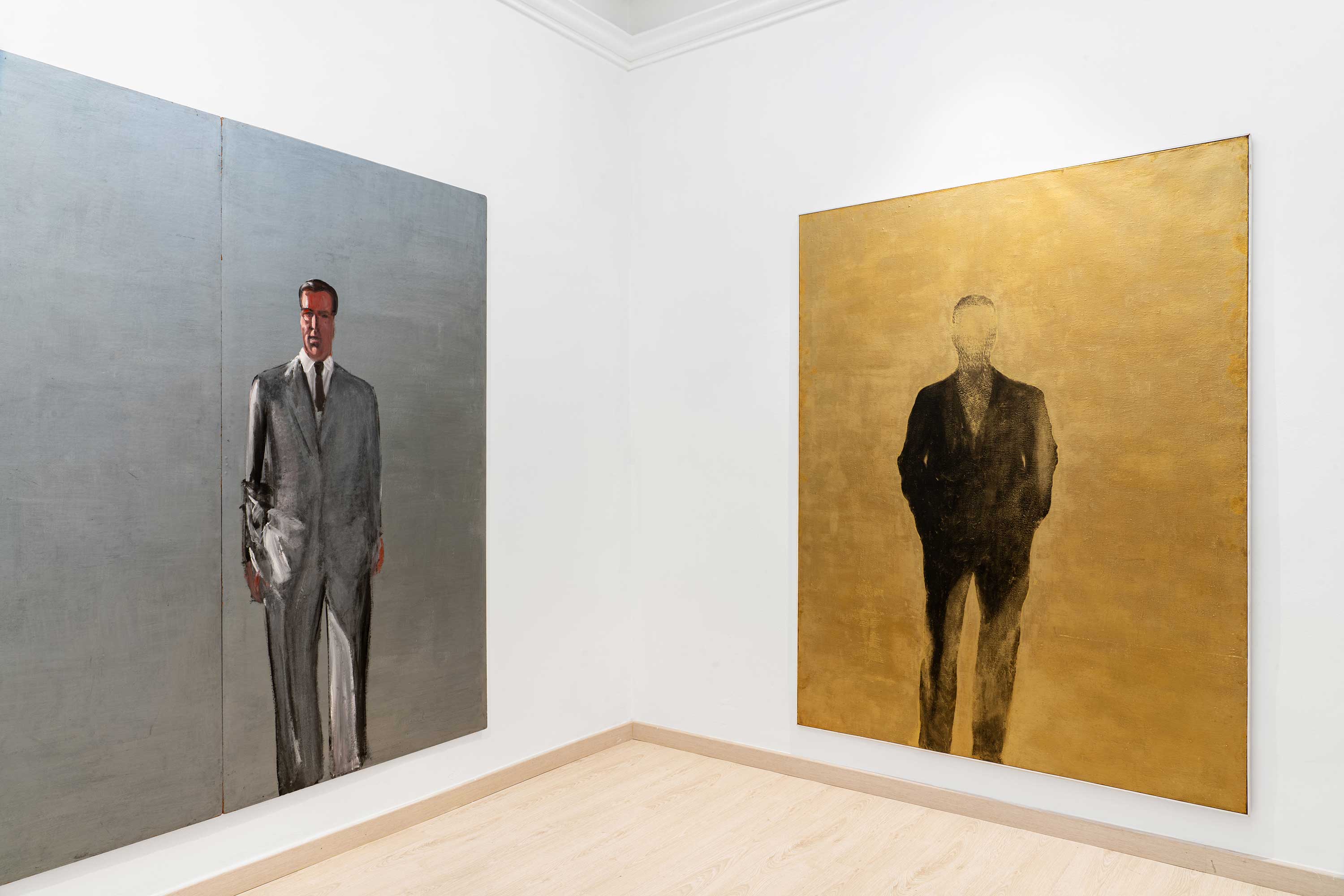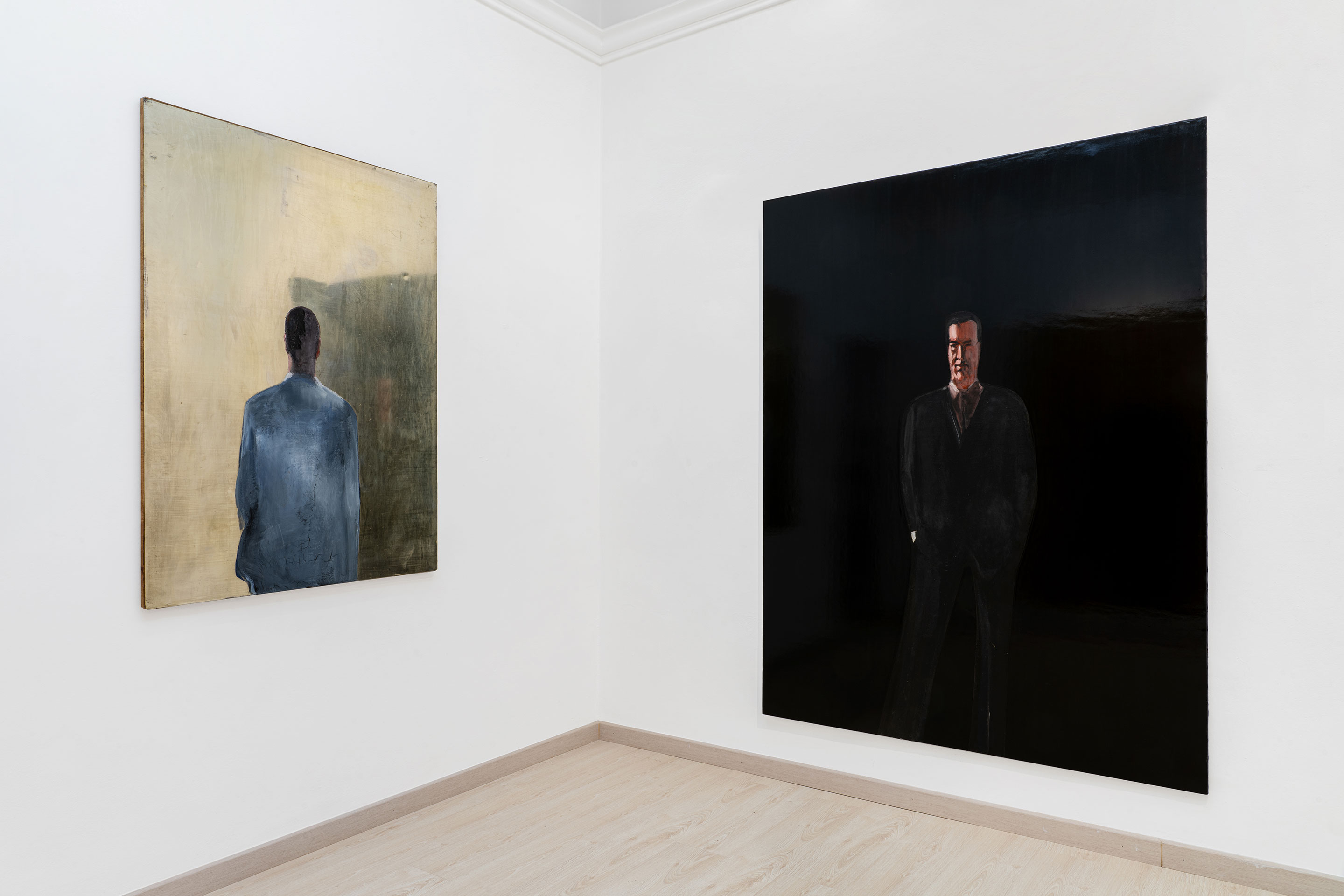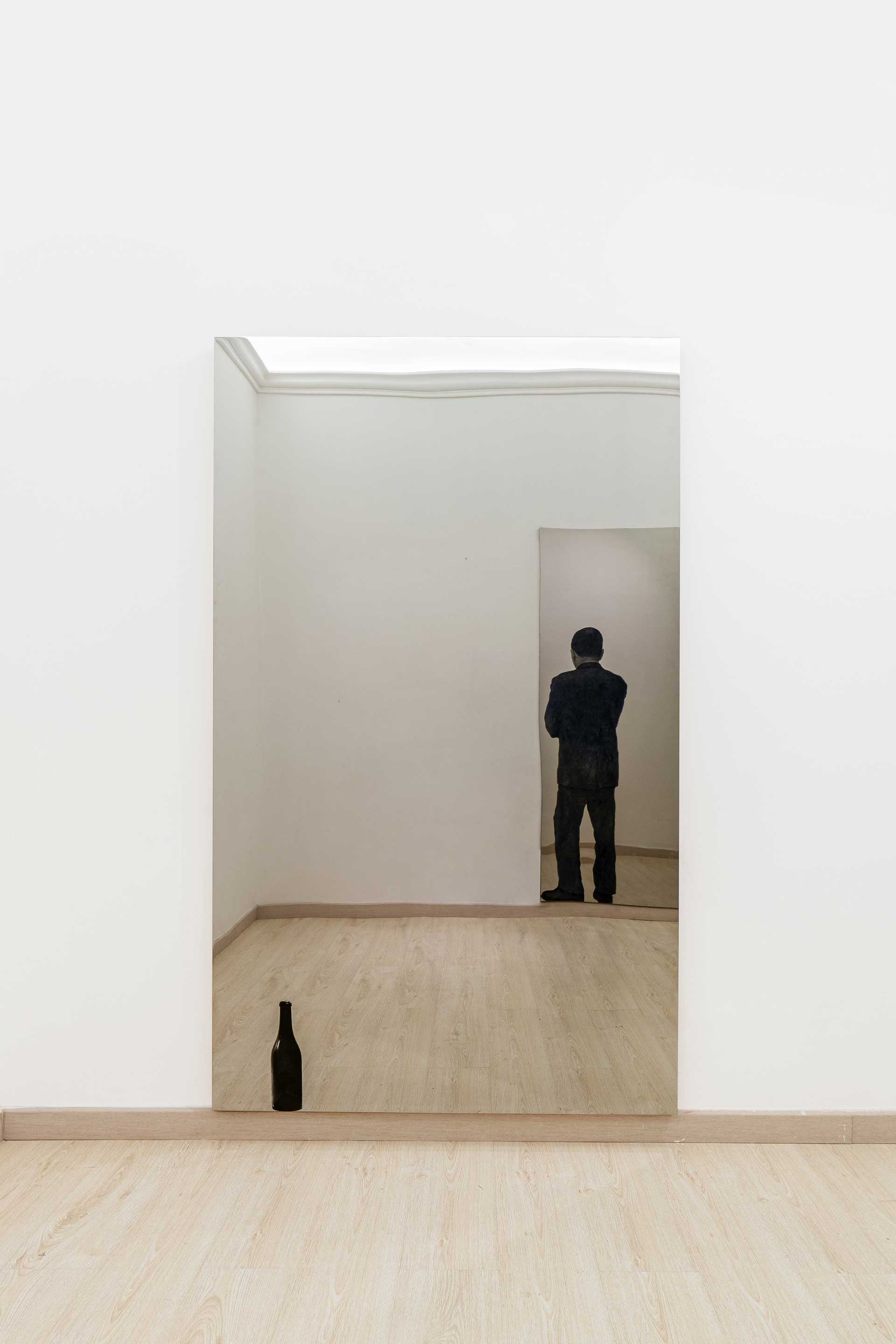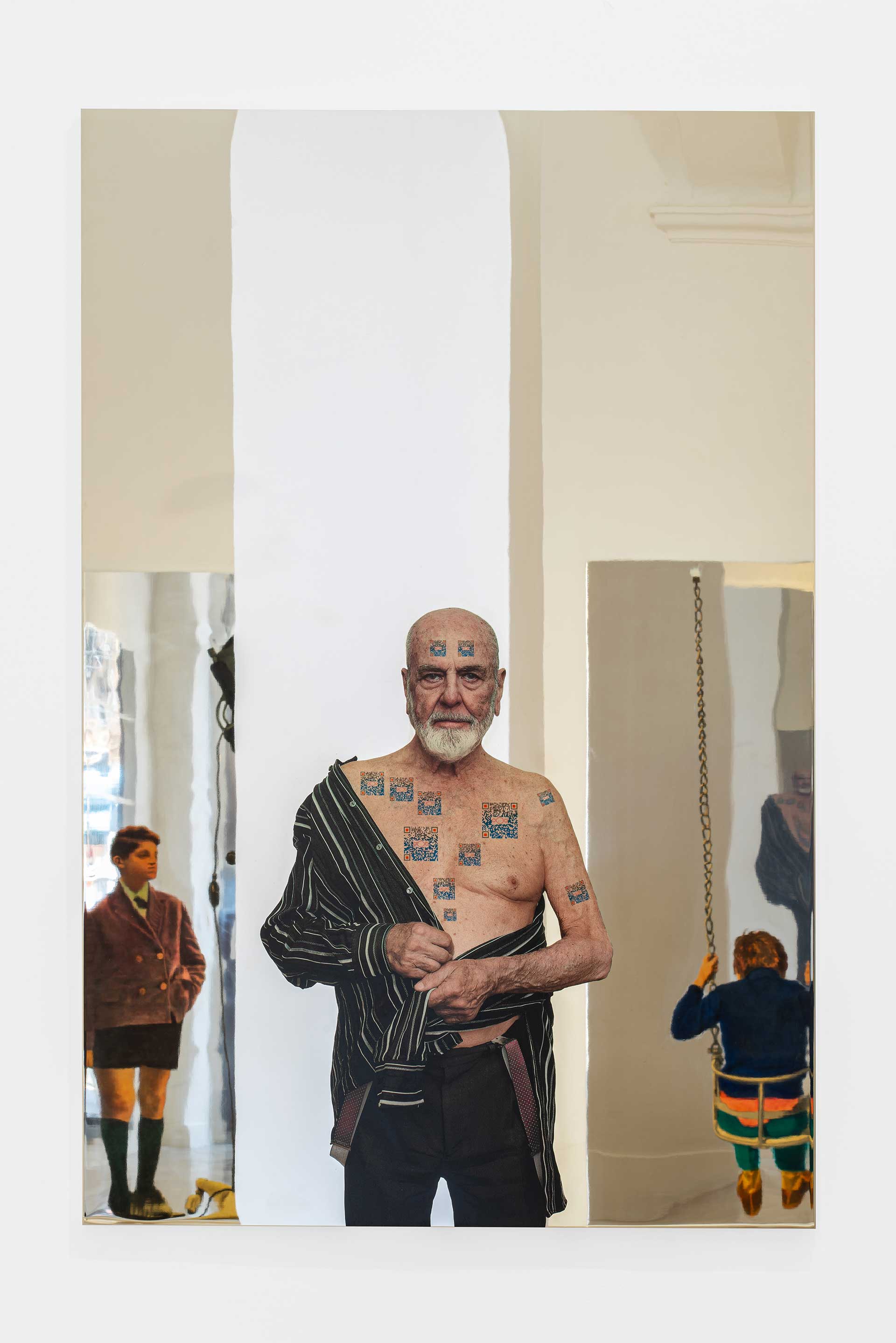Galleria Continua is pleased to present in its spaces in San Gimignano I Quadri Specchianti, a new exhibition by Michelangelo Pistoletto. This solo show is the first stage of a major project that will cross the world, involving the eight Galleria Continua locations, each of which will host an exhibition by the artist throughout the whole of 2023, the year of the Maestro’s 90th birthday. It is an intercontinental project, aimed at highlighting Pistoletto’s art in all its forms, from its genesis to today. It will be the story of a journey through the ages: the highlights of his career and the long collaboration with the gallery. Galleria Continua celebrates him as one of the most important exponents of Arte Povera and of contemporary art with a succession of personal exhibitions on a worldwide scale: from 27 May at Galleria Continua / San Gimignano; from 27 May at Galleria Continua / Cuba; from 3 June at Galleria Continua / Les Moulins; from 22 June at Galleria Continua / Rome; from 23 June at Galleria Continua / Paris; from 28 October at Galleria Continua / São Paulo; from 15 November at Galleria Continua / Beijing and from 18 November at Galleria Continua / Dubai.
The exhibition I Quadri Specchianti covers more than sixty years of Michelangelo Pistoletto’s career with a selection of works ranging from the mid-1950s to more recent works. It is a journey through the exploration of painting and self-portrait using different media: from canvas, acrylic, plastic enamel, gold, silver, and painted tissue paper on polished stainless steel, to screen printing on stainless steel supermirror.
Some works produced by Pistoletto between 1957 and 1958 on view in San Gimignano are of particular importance in the evolution of his practice. Among these Sacerdote (1957): a frontal figure, geometrically stylized that recalls the pointed construction of a cathedral on a gold background typical of iconography.
In some works created during the 1960s, the person, depicted frontally, standing and life-size, dressed anonymously in a jacket and tie, takes on an increasingly immobile and inexpressive character like a prototype of an ordinary human being. The background, the development of which is the focus of the artist’s attention, passes from the repetition of decorative signs to monochrome. Autoritratto Oro and Autoritratto Argento are examples of this; the latter is made up of two panels, placed side-by-side, on one panel the figure is painted on a silver background, while the other is entirely covered by a silver background, an empty space that seems to anticipate the metal surface of the future Mirror Paintings which would go on to receive the reflected images of the surrounding space.
The turning point that leads to the Mirror Paintings took place in 1961. After having spread a black background and a thick layer of transparent varnish on the canvas, the artist, preparing to paint his face on it, suddenly realises that he can see his reflection directly on the canvas, without needing to use the mirror to observe himself. Impressed by this discovery, during that year he created various works with this technique, portraying himself in a sitting, standing, front and back position. These works can be grouped by their title, Il presente (The present), which indicates the instantaneous relationship that these works create between the viewer, his reflection, and the painted figure.
The Mirror Painting is fundamental to the work of Michelangelo Pistoletto because in it we find the past and the present. What the spectator sees in front of him, he also sees simultaneously behind him and is therefore at the centre of a double perspective: towards the future, through the past; and the past penetrates the future. There is no longer a distinction between the work and the viewer, the entities involved multiply: there is the person outside the work, the person depicted on the surface, the person who is mirrored and exists in his multiplicity of reactions to the work; both exist together, opposite each other. The Mirror Painting is “a self-portrait of the world”, it unites the observer and the environment, favours the meeting of opposites, and offers a double perspective, showing what is ahead and what is behind, as well as creating a virtual space where art and life merge.
The exhibition concludes with one of the artist’s most recent Mirror Paintings, Qr Code Possession - Self-portrait (2022), which depicts the artist covered in “tattoos” of a QR Code with a small symbol of the Third Paradise inside. Pistoletto defines the tattoo as “(…) an ancient method of communication that I use today as an artistic[1]technological means of communication. The self-portrait conveys my identity but also that of contemporary society within the framework of infinity that can be found in a Mirror Painting.”. The codes, once scanned, lead the user to a series of online materials and videos: from conferences and talks related to his recently published book The Formula of Creation to his work at the Fondazione Pistoletto Cittàdellarte in Biella, performances, and much more.
Read more +
Read less -







 Sign in with email
Sign in with email


